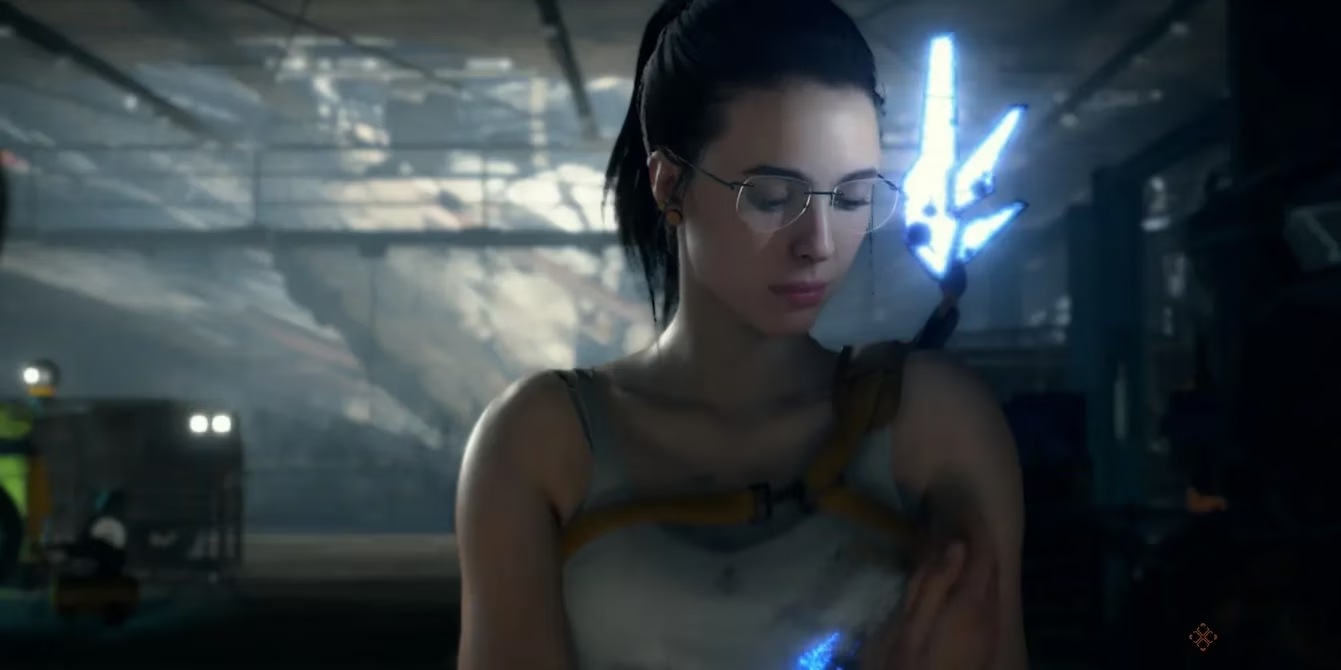The cracked earth swallowed sunlight whole as Sam Bridges adjusted his cargo straps. In a world shattered by the Death Stranding—where ghostly BTs drifted like misplaced thoughts and rain aged everything it touched—his mission was to stitch civilization back together through the Chiral Network. Funny, really. Here was a game screaming 'connectivity!' from every mountaintop, yet its greatest magic unfolded when players deliberately unplugged. One porter discovered this truth accidentally back in 2019, when dodgy Wi-Fi forced him into isolation during his first playthrough. Little did he know that glitch would become gospel when Death Stranding 2 rolled around.

That initial offline journey felt like whispering secrets to the wilderness. No holographic high-fives from strangers, no surprise ziplines shortcutting ravines—just Sam and his ladders against geography's mood swings. Each delivery became a silent pact between man and terrain. When internet finally returned after 50 hours? Total sensory overload. Suddenly, the lonesome valleys he'd befriended were plastered with digital graffiti: ⚠️ 'BTs HERE!' 💀, rainbow bridges where he'd planned rope challenges, even a Horizon Zero Dawn mech photobombing the horizon. The solitude he'd earned felt... violated. Like coming home to find randoms crashing on your couch eating your Chiral jerky.
Fast forward to 2025's Death Stranding 2. Mexico's rust-red canyons yawned wide under nuclear sunsets—and this time, our porter had flawless broadband. Yet within hours, he pulled the plug intentionally. Why? 'Cause the online clutter made the apocalypse feel like Black Friday shopping. Pre-built highways spoiled the struggle, random cargo gifts cheapened survival stakes, and those cheeky player signs? After the fifth 💩 emoji beside a memorial, he muttered, "Nope, I'm out."
Crossing into Australia offline? Pure revelation. The Outback stretched raw and untouched—no phantom footprints, no abandoned generators humming solidarity. Just wind howling through dead cities and BTs drifting like discarded regrets. Building that first rope bridge over a ravine wasn't just gameplay; it felt like humanity's first fire. Kojima's grand "strand" concept inverted beautifully: true connection wasn't about multiplayer handouts, but confronting emptiness until your footprints became the lifeline.
| Online Play | Offline Play |
|---|---|
| Shared structures & shortcuts | Every ladder placed with purpose |
| Community cargo rescues | Your mistakes have real weight |
| Holographic spam clutter | Environments breathe and haunt |
| Feels like a busy server | Feels like your apocalypse |
Here's the kicker though—disconnecting in a game about reconnection isn't irony, it's genius. The chiral network's lore whispers of fragile links across impossible distances. Playing solo mirrors that: you versus the void, every delivery a prayer against entropy. And honestly? That offline Australia trek hits different when you realize 2025's real world drowns in notifications. We're all Sam Bridges now, drowning in digital Timefall rain. 😅
What’s next? Maybe we’ll see more games embracing 'lonely modes' where algorithms don’t hold your hand. Imagine Elden Ring without bloodstain hints, or Starfield forcing you to chart unknown systems solo. As A.I. buddies and live services multiply, perhaps the rarest luxury won’t be connection—but the right to disappear. For now, Sam's bike kicks up red dust down under, and the silence between footsteps says everything Kojima ever meant about holding this broken world together. Sometimes you gotta unplug to feel the current.